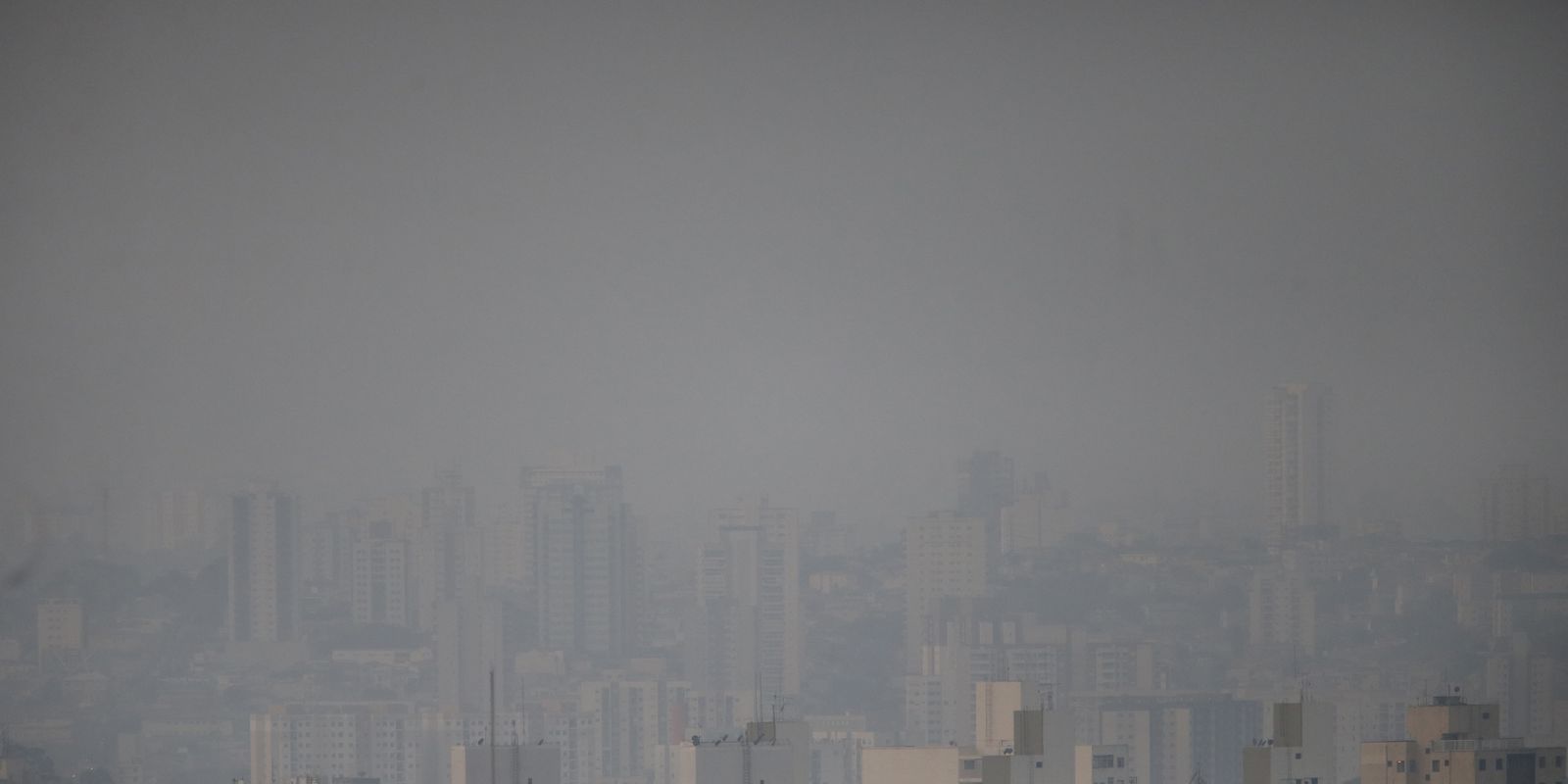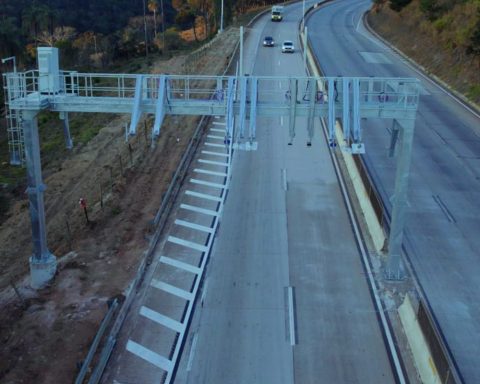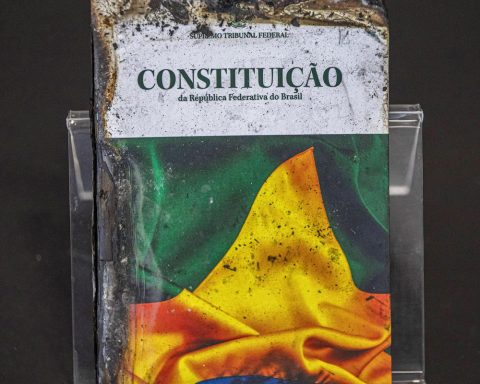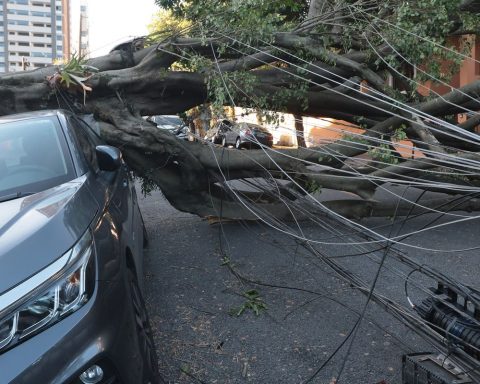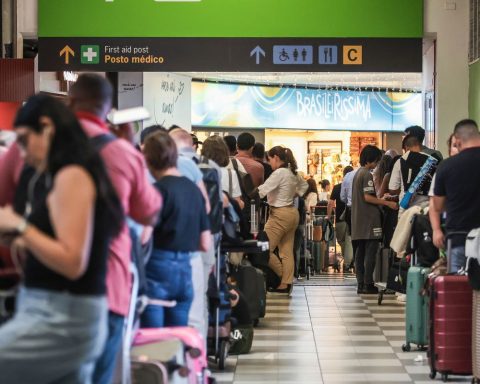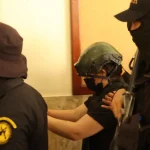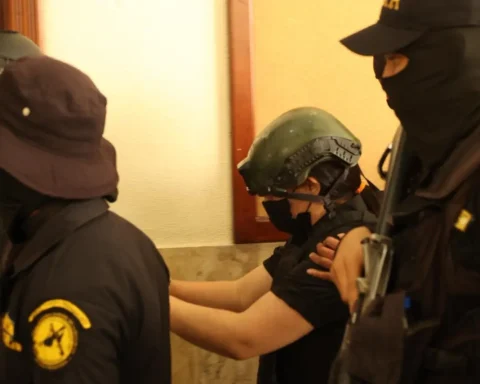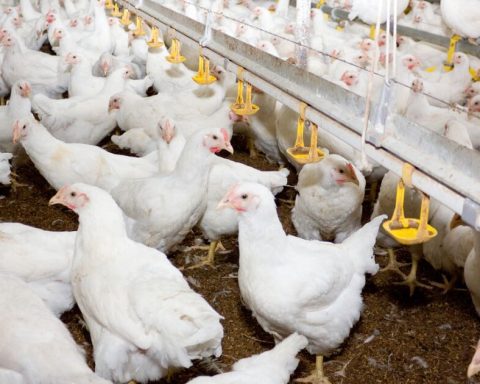The Civil Defense of the state of São Paulo has extended the high risk alert for fires until next Saturday (14). The coast of São Paulo was not included in the latest alerts and is the only region of the state without a high risk of forest fires. The alerts have been in effect since the beginning of September.
According to the state Emergency Management Center (CGE), temperatures could reach 39 degrees Celsius (°C) and relative humidity (URA) could reach 20% in some regions. The damage to agriculture will mainly affect sugarcane crops in the center and north of the state. The warning reaffirms that, in the coming days, São Paulo will be dominated by dry and stable weather, and that, with no rain forecast, there will be a gradual rise in temperatures, which will bring a feeling of heat and a stuffy atmosphere throughout the state.
Temperatures could reach 33°C in the capital’s metropolitan region during the hottest part of the day. Last weekend, thermometers reached 38°C on the streets at around 1pm. Relative humidity is expected to be below 35%. At least two communities, one in Osasco and another south of the capital, reported fires today, with 13 homes confirmed to have been destroyed. There were no casualties.
In the regions of São José do Rio Preto and Araçatuba, temperatures are expected to be around 38°C, with relative humidity below 20%. In Presidente Prudente and Marília, temperatures may reach maximum temperatures of 39°C, with URA below 25%. In the regions of Campinas, Sorocaba, Araraquara and Bauru, maximum temperatures of 34°C, with URA below 25%. In Franca, Barretos and Ribeirão Preto, where most of the fires have been concentrated since the second half of August, maximum temperatures may reach 36°C, with humidity below 25%.
The Civil Defense and the Health Department recommend precautions that include constant hydration, the use of serum for the eyes and nose, and protection from sunlight, and advise against practicing physical activities outdoors during the most critical times of the day. In areas where fires are occurring, as additional protection, the two agencies suggest the use of N95, PFF2, or P100 masks, which can reduce the inhalation of particles, in outdoor environments. The recommendations are mainly aimed at risk groups, such as children under 5 years old, pregnant women, people with comorbidities, and the elderly.
On Tuesday (10), the CGE counted ten fire outbreaks throughout the state of São Paulo. According to the Environmental Company of the State of São Paulo (Cetesb), a large number of stations reported air quality classified as “very bad” and “bad”, due to high concentrations of fine inhalable particles (dust, soot and smoke that remain suspended in the atmosphere due to their small size). The agency temporarily suspended burning permits in the state for sugarcane straw removal, phytosanitary burning or for management. The only two exceptions are for the implementation of firebreaks to prevent the spread of fire and for cases of phytosanitary purposes requested directly by the Department of Agriculture and Supply.
